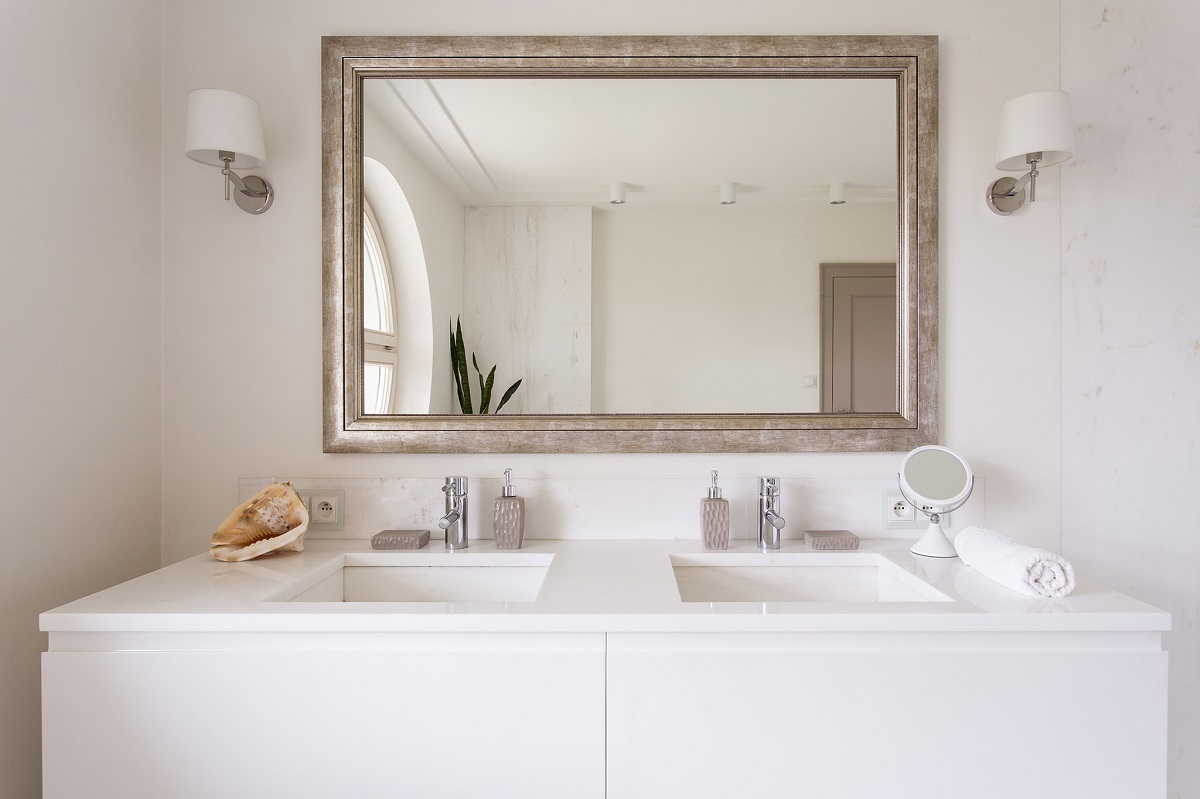

Articles
How Much To Install A Bathroom Vanity
Modified: August 28, 2024
Looking for articles on how much it costs to install a bathroom vanity? Find all the information you need right here.
(Many of the links in this article redirect to a specific reviewed product. Your purchase of these products through affiliate links helps to generate commission for Storables.com, at no extra cost. Learn more)
Introduction
Installing a bathroom vanity can give your bathroom a fresh and updated look while providing functional storage space. If you’re considering installing a new vanity in your bathroom, one of the important factors to consider is the cost. Understanding the various factors that influence the cost of bathroom vanity installation can help you plan your budget accordingly.
In this article, we will explore the different elements that contribute to the overall cost of installing a bathroom vanity. From the cost of the vanity itself to the labor and additional materials required, we’ll break down the expenses involved in this project. We’ll also discuss the option of hiring a professional versus doing it yourself, so you can make an informed decision on how to proceed.
Before we delve into the specifics, it’s essential to note that the cost of bathroom vanity installation can vary significantly depending on various factors, such as the size of the vanity, the complexity of the installation, the region you’re located in, and any additional customization or features you choose.
Now, let’s explore the key factors that can influence the cost of installing a bathroom vanity.
Key Takeaways:
- Factors such as vanity size, plumbing, and electrical work significantly impact the cost of bathroom vanity installation. Careful consideration of these elements is crucial for accurate budgeting and avoiding unexpected expenses.
- Whether hiring a professional or opting for a DIY installation, thorough assessment of requirements, research on costs, and obtaining multiple quotes are essential. The goal is a well-installed, functional, and aesthetically pleasing bathroom vanity within the desired budget.
Read more: How To Install Vanity Mirror
Factors Influencing the Cost of Bathroom Vanity Installation
Several factors come into play when determining the cost of installing a bathroom vanity. Understanding these factors can help you estimate the overall expense and make informed decisions. Here are the key factors that influence the cost:
- Size and Style of the Vanity: The size and style of the vanity you choose will have a significant impact on the cost of installation. Larger vanities require more labor and materials, which can increase the overall cost. Additionally, if you choose a customized or high-end vanity, you can expect to pay more for the installation.
- Location and Accessibility: The location of your bathroom and its accessibility can affect the cost of installation. If your bathroom is on a higher floor or in a hard-to-reach area, the labor and time required for installation may increase, resulting in higher costs.
- Plumbing and Electrical Work: If your new vanity requires plumbing or electrical modifications, such as rerouting pipes or installing new electrical outlets, the cost of the installation will likely be higher. Hiring a professional for these tasks is essential to ensure safety and compliance with building codes.
- Wall Condition: The condition of your bathroom walls can impact the installation cost. If your walls require repair or additional preparation work before the installation, it can increase the labor and materials required, thus affecting the overall cost.
- Tiling and Backsplash: If you plan to install new tiles or a backsplash behind the vanity, this will add to the overall cost. The type of tiles, their size, and the complexity of the installation can all contribute to the expense.
- Mirror and Lighting: The cost of installing a mirror and lighting fixtures above the vanity should also be factored in. Depending on the size and style of the mirror, as well as the complexity of the electrical work required for the lighting fixtures, this can vary in cost.
It’s important to assess these factors and their associated costs before starting the installation process. By doing so, you can accurately budget for the project and avoid any unexpected expenses.
Cost of the Vanity
The cost of the vanity itself is an essential component to consider when calculating the total expense of bathroom vanity installation. Vanities come in a wide range of prices, depending on factors such as brand, material, size, and design.
When selecting a vanity, you have the option to choose between ready-made vanities or custom-made vanities. Ready-made vanities are typically more affordable, as they are mass-produced and readily available in stores. On the other hand, custom-made vanities offer more versatility and can be tailored to your specific needs and design preferences, but they tend to be pricier.
The material of the vanity will also influence its cost. Common materials used for vanities include solid wood, plywood, MDF (medium-density fiberboard), and particleboard. Solid wood vanities are more expensive due to their durability and aesthetic appeal, while particleboard and MDF vanities are more budget-friendly options.
In addition to the material and design, the size of the vanity will also impact its cost. Larger vanities require more materials and labor for installation, which can increase the overall expense. It’s important to measure your bathroom space accurately and consider your storage needs when determining the size of the vanity.
To get an idea of the cost range for vanities, you can explore different retailers and online marketplaces. It’s recommended to visit showrooms or physical stores, if possible, to see the vanities in person and assess their quality before making a purchase.
It’s worth noting that the cost of the vanity itself is separate from the cost of installation. When budgeting for your bathroom vanity project, allocate a portion of your budget for the vanity and consider the other factors that will contribute to the overall expense, such as labor, additional materials, and any necessary plumbing or electrical work.
By considering the cost of the vanity upfront, you can have a clearer understanding of your overall budget and make well-informed decisions when it comes to selecting the right vanity for your bathroom.
Cost of Labor
When installing a bathroom vanity, labor costs are a significant factor to consider. Unless you have the necessary skills and experience, hiring a professional contractor or handyman for the installation is highly recommended. The cost of labor can vary depending on several factors:
- Experience and Expertise: The level of expertise and experience of the professional you hire can impact the cost of labor. Highly skilled and reputable contractors may charge more for their services, but their expertise can ensure a smooth and efficient installation.
- Complexity of the Installation: The complexity of the installation plays a role in determining the cost of labor. If your project involves intricate plumbing or electrical work, or if there are structural modifications required, it may require more time and expertise, thus increasing the labor cost.
- Location: The region or city you’re located in can also affect labor costs. Areas with a higher cost of living generally have higher labor rates. It’s essential to research and compare the labor costs in your specific location to get a better idea of the average rates.
- Additional Services: If you require additional services, such as wall repair or tiling work, the labor cost will naturally increase as these services often require specialized skills.
- Timeline and Scheduling: Urgent or time-sensitive projects may incur additional costs due to the contractor’s availability and the need for expedited work.
When hiring a professional for the installation, it’s important to obtain multiple quotes from different contractors. This allows you to compare prices and evaluate the services offered. However, it’s crucial to consider the contractor’s qualifications, reputation, and customer reviews to ensure you’re making an informed decision based on both price and quality.
Keep in mind that while hiring a professional may seem like an additional expense, it comes with the advantage of expertise, efficiency, and a guarantee of quality workmanship.
Before finalizing the contract, make sure all the labor costs and services are clearly outlined to avoid any misunderstandings or hidden charges. Ask for a breakdown of the labor expenses and timeline to ensure transparency.
By budgeting for the labor cost and choosing a reliable professional for the installation, you can ensure a seamless and successful bathroom vanity installation project.
Additional Materials and Accessories
In addition to the cost of the vanity and labor, there are various additional materials and accessories that you may need to consider when calculating the overall expense of bathroom vanity installation. These additional materials and accessories can include:
- Countertop: Depending on the style and design of your vanity, you may need to purchase a countertop separately. Countertop materials such as granite, marble, quartz, or laminate vary in cost, so it’s important to factor this into your budget.
- Sink and Faucet: If your vanity does not come with a built-in sink and faucet, you will need to purchase these separately. The cost of sinks and faucets can range from budget-friendly options to high-end luxury fixtures, so consider your preferences and budget when selecting these items.
- Hardware and Fixtures: You may want to upgrade the hardware and fixtures on your vanity, such as drawer pulls, knobs, towel bars, and toilet paper holders. These can add a stylish touch to your bathroom, but keep in mind that they will contribute to the overall cost.
- Mirror and Lighting: If you don’t already have a mirror and suitable lighting above the vanity, you will need to purchase these as well. Consider both the cost of the mirror and the cost of the lighting fixtures. Depending on your preferences, you may opt for a simple mirror or a mirror with additional features like built-in lighting.
- Sealants and Adhesives: Depending on the construction and installation of the vanity, you may need to purchase sealants and adhesives for proper installation and to ensure a secure fit.
- Trim and Molding: If you want to add decorative trim or molding to enhance the look of your vanity, the cost of these materials should also be factored into your budget.
- Caulk and Grout: If you’re installing tiles or a backsplash around the vanity area, you will need caulk and grout for a professional finish. These materials should be included in your overall budget.
It’s important to thoroughly research and budget for these additional materials and accessories to avoid any unexpected expenses. Consider your preferred style, quality, and functionality when selecting these items. Additionally, factor in any costs for delivery or shipping if purchasing them from an online retailer.
Keep in mind that the quality and durability of these additional materials and accessories can have an impact on the overall longevity and appearance of your bathroom vanity, so it’s worth investing in high-quality options if within your budget.
By accounting for these additional materials and accessories, you can ensure a complete and well-designed bathroom vanity installation that meets your needs and preferences.
When installing a bathroom vanity, make sure to measure the space accurately and consider the plumbing and electrical requirements. It’s also important to choose a vanity that fits your style and budget.
Read more: How To Install A Backsplash On A Vanity
Plumbing and Electrical Work
When installing a new bathroom vanity, it’s important to consider the potential plumbing and electrical work that may be required. Depending on the design and features of your new vanity, you may need to make adjustments or modifications to your existing plumbing and electrical systems. These additional tasks can contribute to the overall cost of the installation.
Plumbing Work: If you’re replacing an old vanity, the plumbing connections may need to be adjusted or relocated to accommodate the new vanity. This can involve tasks such as rerouting pipes, installing new valves, or connecting drains. Depending on the complexity of the plumbing work, it may require the assistance of a professional plumber.
Additionally, if your new vanity includes features such as double sinks or a unique faucet configuration, additional plumbing work may be necessary to accommodate these specifications. It’s important to consider these factors when estimating the cost of installation.
Electrical Work: Some bathroom vanities may require electrical modifications, especially if they include built-in lighting fixtures, outlets, or electrical components such as heated mirrors. These modifications should be done by a licensed electrician to ensure safety and compliance with building codes.
The cost of plumbing and electrical work can vary depending on the complexity of the tasks and the rates of the professionals you hire. It’s recommended to obtain quotes from qualified plumbers and electricians to get an accurate estimate of the expenses involved.
Keep in mind that if you’re unsure about the technical aspects of plumbing and electrical work, it’s best to hire professionals to ensure the proper installation and to avoid any potential complications or safety hazards.
Before starting any plumbing or electrical work, it’s important to check local building codes and obtain any necessary permits. Failure to comply with these regulations can result in delays, fines, or even the need to redo the work.
By considering the potential plumbing and electrical work required and factoring in the associated costs, you can budget accordingly and ensure a smooth and successful bathroom vanity installation process.
Removal and Disposal of Old Vanity
Before installing a new bathroom vanity, it’s important to consider the removal and disposal of your old vanity. Removing the existing vanity can be a labor-intensive task, and you may need assistance or professional help for a smooth and efficient removal process.
If you’re hiring a professional for the installation of your new vanity, they may offer removal services as part of their package. However, it’s essential to confirm this beforehand and inquire about any additional charges for the removal and disposal of the old vanity.
On the other hand, if you decide to remove the old vanity yourself, consider the following:
- Disconnection of Plumbing: Before removing the old vanity, it’s crucial to turn off the water supply and disconnect the plumbing connections properly. This may involve shutting off the water valves, removing the sink, disconnecting the drain, and unscrewing any water supply lines. Take care to avoid damaging any plumbing components during this process.
- Uninstalling Fixtures: Remove any fixtures attached to the old vanity, such as the mirror, lighting fixtures, and hardware. Keep in mind that some fixtures may require electrical work, so it’s best to consult a professional if you’re unsure about the disconnection process.
- Dismantling the Vanity: Take apart the old vanity, starting with removing any drawers, doors, and shelves. This will make it easier to handle and dispose of the individual components.
- Disposal: When disposing of the old vanity, check with your local waste management or recycling center for guidelines on how to dispose of large items. Some areas may have specific requirements or disposal options for bulky items like vanities. Alternatively, you may consider donating the old vanity if it’s still in good condition and can be reused.
It’s worth noting that if there are any additional tasks involved, such as repairing or patching the wall after the removal of the old vanity, you may need to consider these costs as well.
By accounting for the removal and disposal of the old vanity in your budget and planning ahead for the necessary steps, you can ensure a smooth transition to your new bathroom vanity.
Hiring a Professional vs DIY Installation
When it comes to installing a bathroom vanity, you have the option to either hire a professional or tackle the project yourself. Both options have their advantages and considerations that should be taken into account before making a decision.
Hiring a Professional: One of the main advantages of hiring a professional for bathroom vanity installation is their expertise and experience. Professionals have the knowledge and skills to handle the installation efficiently and effectively, ensuring that the vanity is correctly installed and meets all necessary codes and regulations.
Here are a few reasons to consider hiring a professional:
- Expertise: Professionals have extensive experience in installing bathroom vanities and are familiar with various types of installations, plumbing requirements, and electrical work involved. Their expertise can help you avoid common pitfalls and ensure a high-quality installation.
- Saves Time and Effort: Installing a bathroom vanity can be a time-consuming and physically demanding task, especially if you don’t have prior experience. Hiring a professional allows you to save time and effort by outsourcing the work to someone who can complete it efficiently.
- Proper Tools and Equipment: Professionals come equipped with the necessary tools and equipment for the installation. They have specialized tools that may not be readily available for DIY enthusiasts, enabling them to complete the job with precision and accuracy.
- Warranty and Guarantee: Many professionals offer warranties or guarantees on their workmanship. This provides you with peace of mind, knowing that if any issues arise after the installation, the professional will rectify them without additional cost.
DIY Installation: DIY installation can be a viable option for those with the necessary skills, experience, and time to dedicate to the project. If you’re confident in your abilities and have prior knowledge of plumbing and electrical work, DIY installation may save you some money.
However, before opting for a DIY installation, consider the following factors:
- Skill Level: Installing a bathroom vanity requires a certain level of skill, especially when it comes to handling plumbing connections and electrical work. If you’re not experienced in these areas, it’s best to hire a professional to avoid potential damage or safety hazards.
- Time and Effort: DIY installation can take considerably longer, especially if you’re learning as you go. Assess your availability and willingness to dedicate the time and effort required for the project before deciding on DIY installation.
- Tools and Equipment: Do you have the necessary tools and equipment to complete the installation? Consider the costs of purchasing or renting any specialized tools that may be required.
- Risk of Mistakes: DIY installation carries the risk of mistakes that can result in costly repairs or additional expenses down the line. Consider whether the potential savings outweigh the risks involved.
Ultimately, whether to hire a professional or opt for a DIY installation depends on your specific circumstances, budget, and skill level. If in doubt, it’s recommended to consult with professionals and obtain quotes to make an informed decision.
Remember that the goal is to have a well-installed and functional bathroom vanity, regardless of who completes the installation.
Conclusion
Installing a bathroom vanity can be a transformative and practical upgrade for your bathroom. However, it’s essential to consider various factors when estimating the overall cost of the project. By understanding these factors and making informed decisions, you can plan your budget accordingly and ensure a successful installation.
Factors influencing the cost of bathroom vanity installation include the cost of the vanity itself, the cost of labor, additional materials and accessories, plumbing and electrical work, and the removal and disposal of the old vanity. Each of these factors contributes to the overall expense and should be carefully considered when budgeting for your project.
Deciding between hiring a professional or opting for a DIY installation is an important consideration. While hiring a professional ensures expertise, efficiency, and a guarantee of quality workmanship, a DIY installation can save you money if you have the necessary skills and experience.
Regardless of whether you choose to hire a professional or tackle the installation yourself, it’s crucial to thoroughly assess your requirements, research the costs involved, and obtain multiple quotes from reputable contractors if applicable.
Remember to take into account any necessary plumbing, electrical, or additional services that may be required during the installation process. Consider the quality and durability of the materials and accessories you choose, as well as any disposal or repair costs associated with removing the old vanity.
Ultimately, the goal is to install a functional and aesthetically pleasing bathroom vanity that suits your needs and enhances the overall appearance of your bathroom. By carefully considering the various factors and making well-informed decisions, you can ensure a successful and satisfactory installation within your desired budget.
Take the time to plan, research, and consult with professionals if needed. With the right approach, your bathroom vanity installation can be a valuable investment that enhances the functionality and beauty of your space for years to come.
Frequently Asked Questions about How Much To Install A Bathroom Vanity
Was this page helpful?
At Storables.com, we guarantee accurate and reliable information. Our content, validated by Expert Board Contributors, is crafted following stringent Editorial Policies. We're committed to providing you with well-researched, expert-backed insights for all your informational needs.

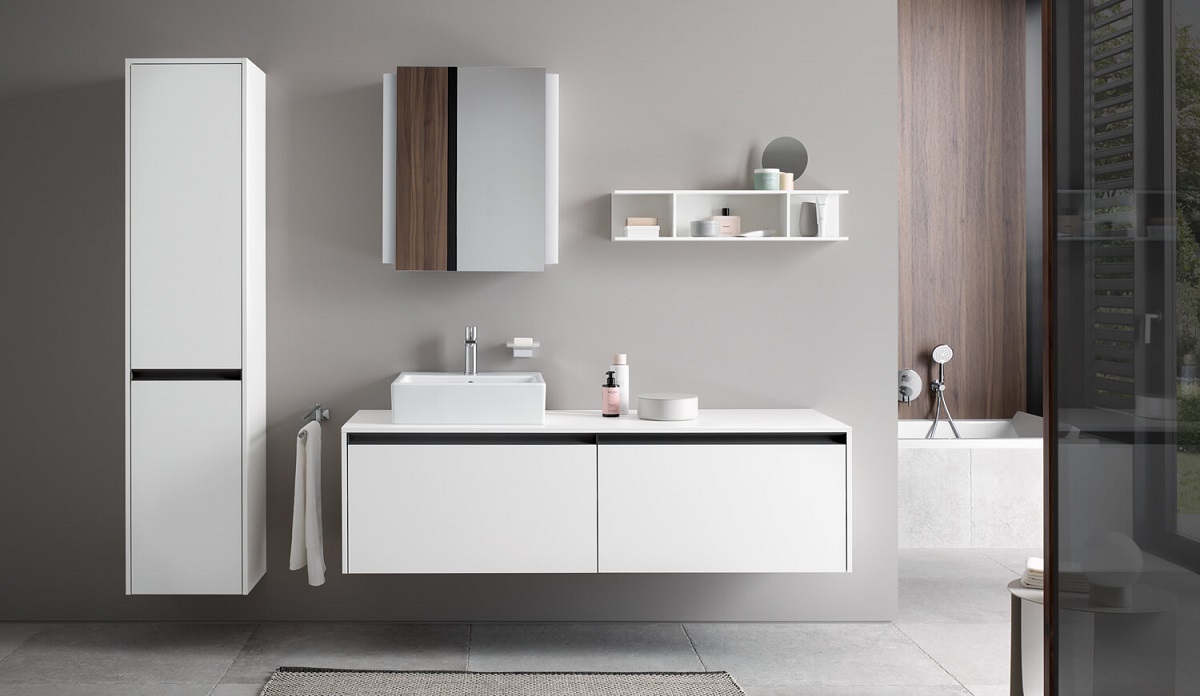
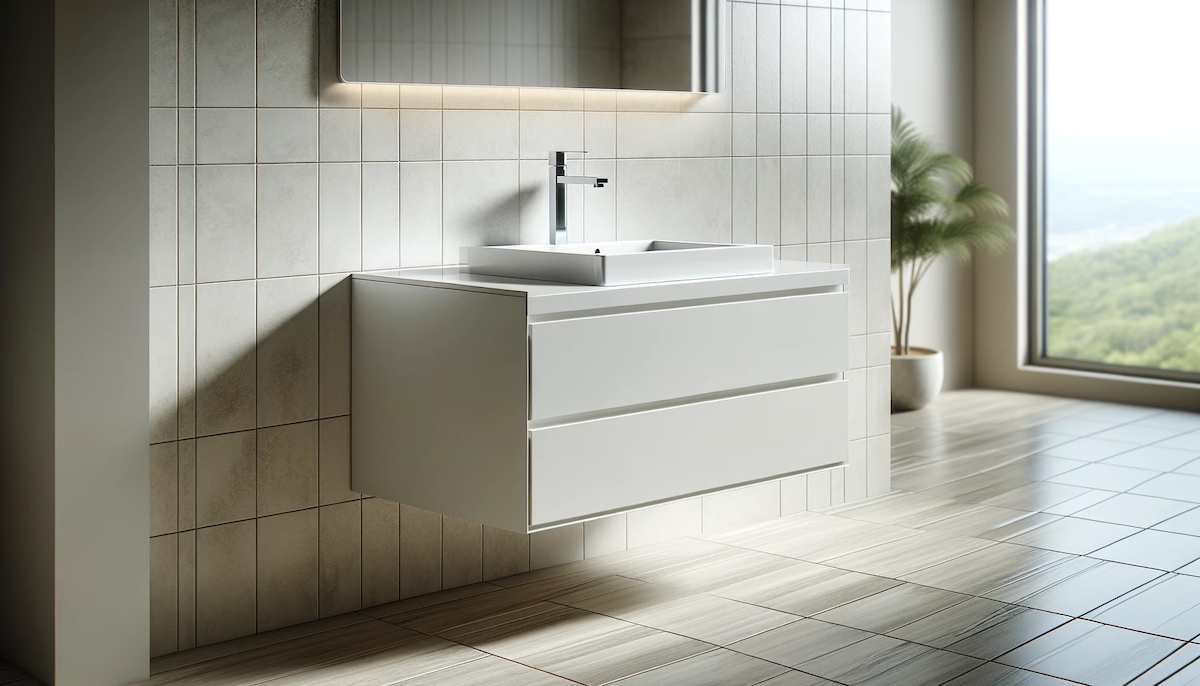
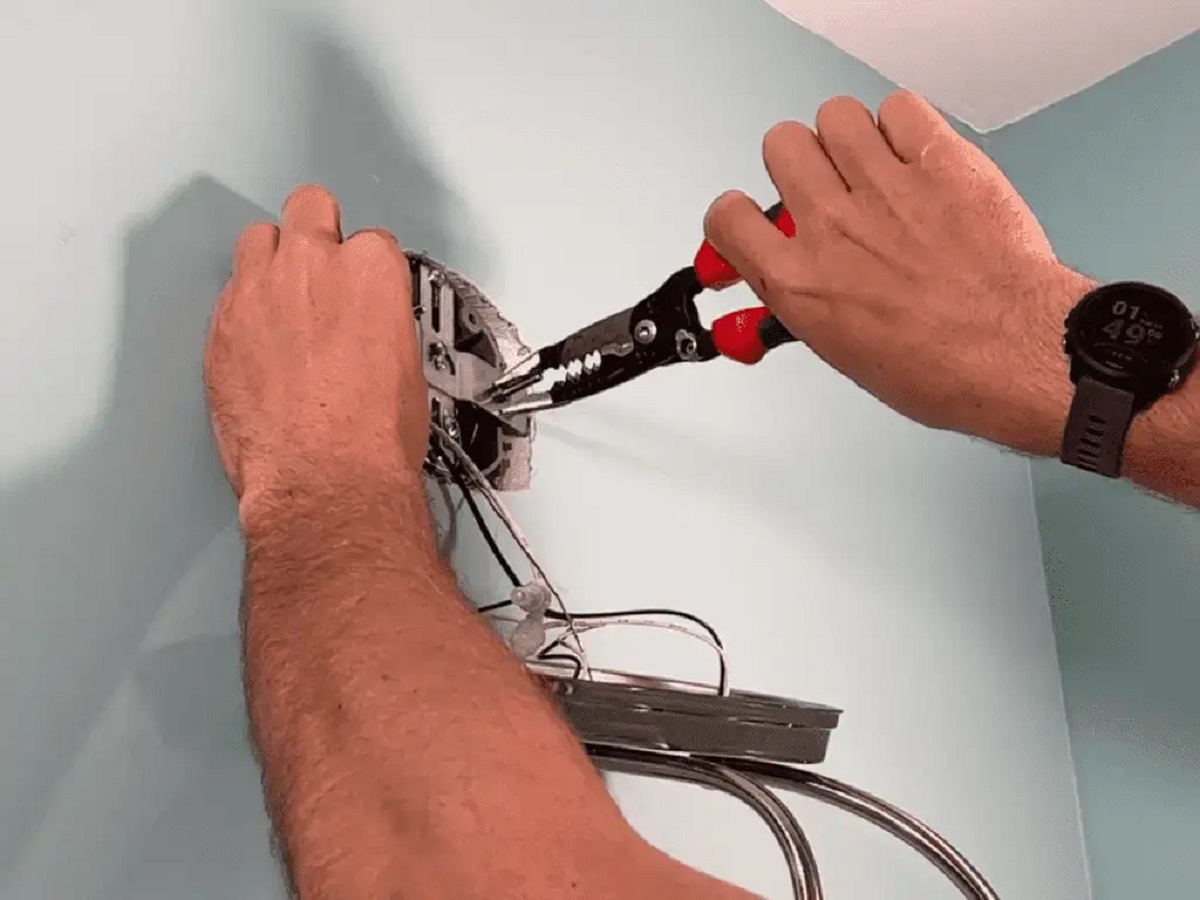
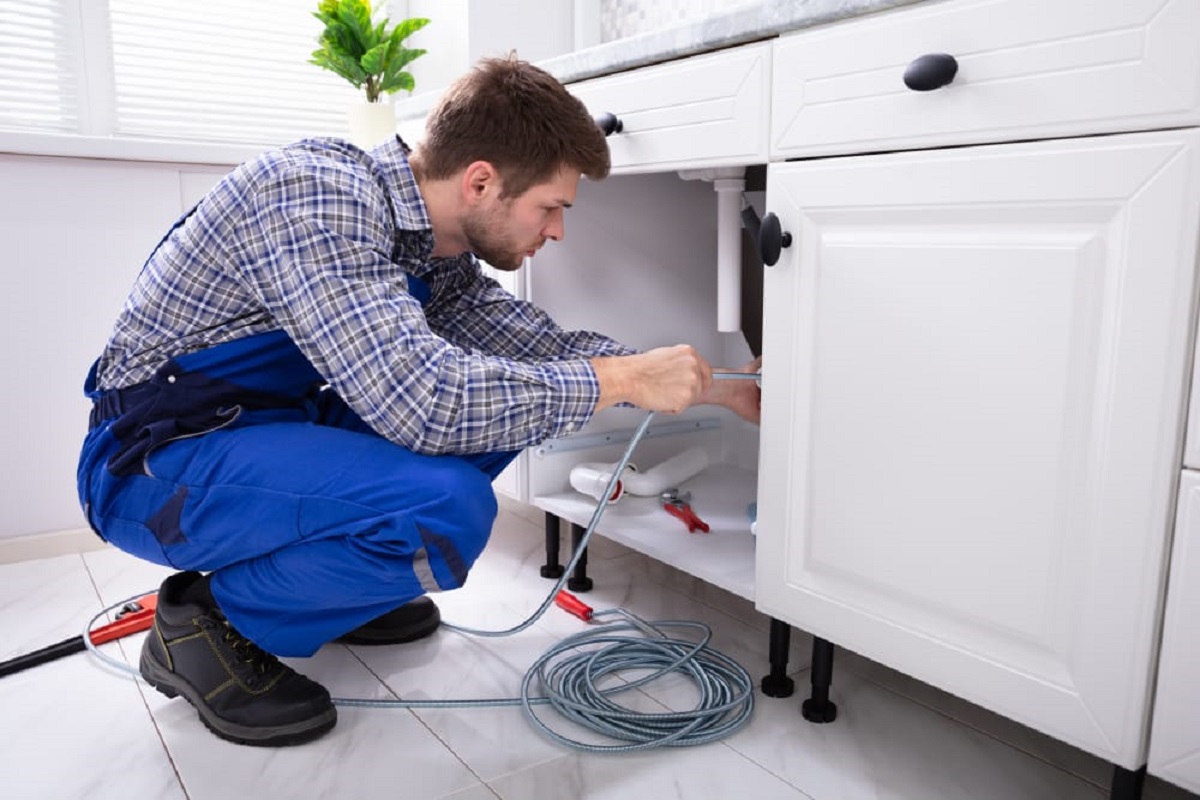
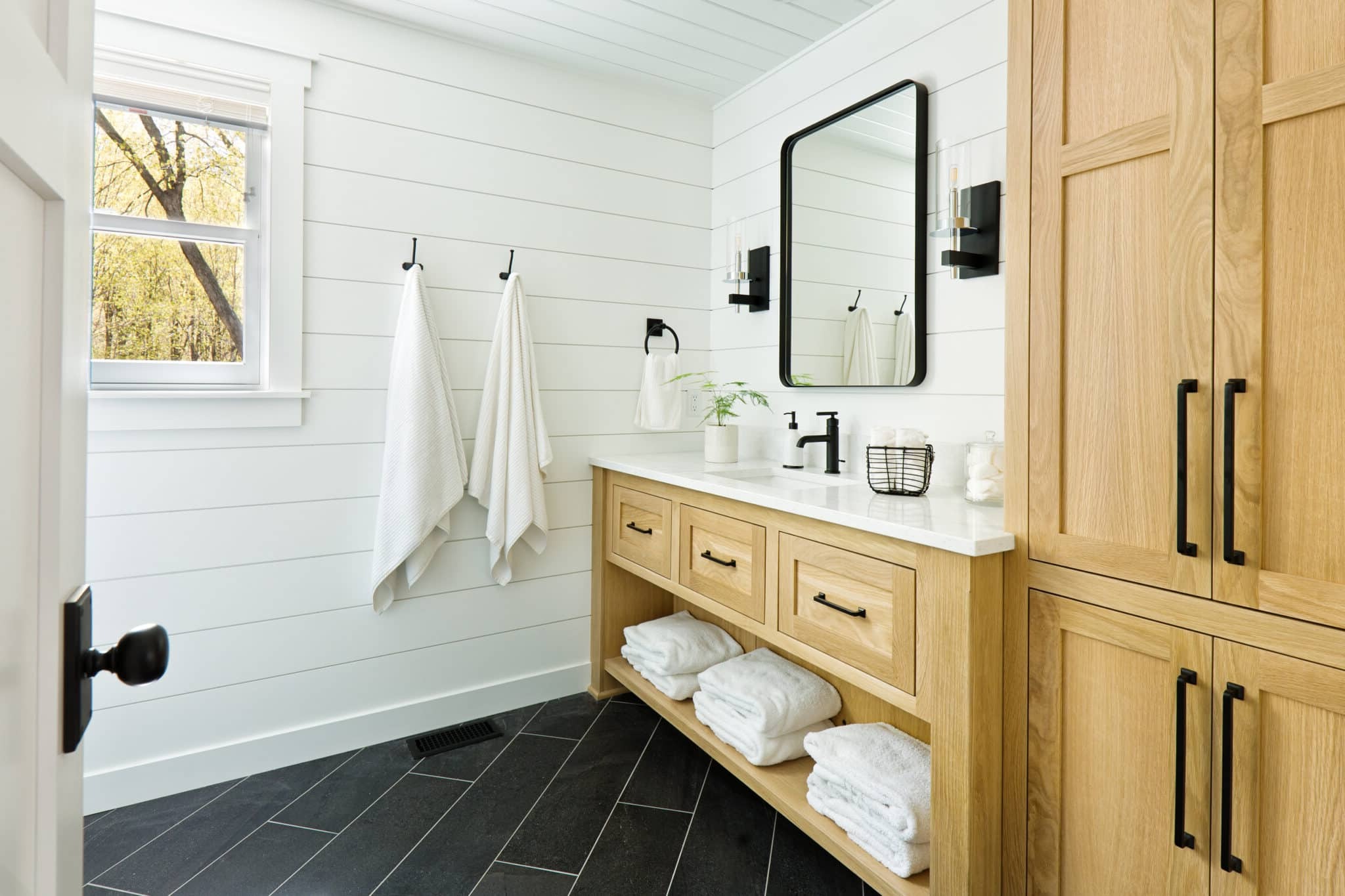
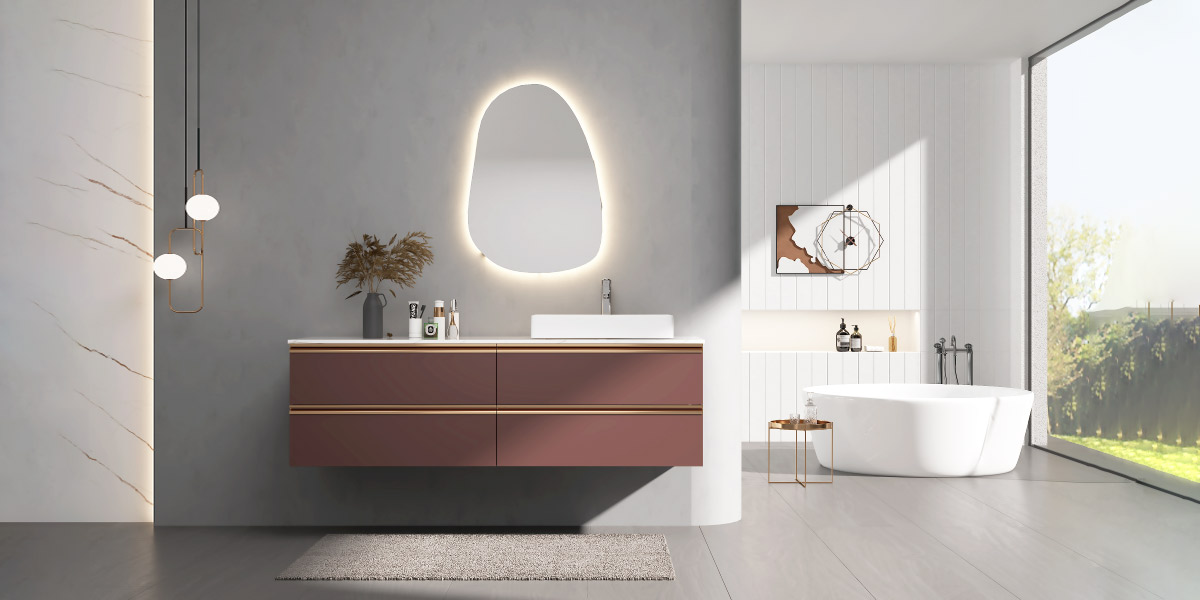
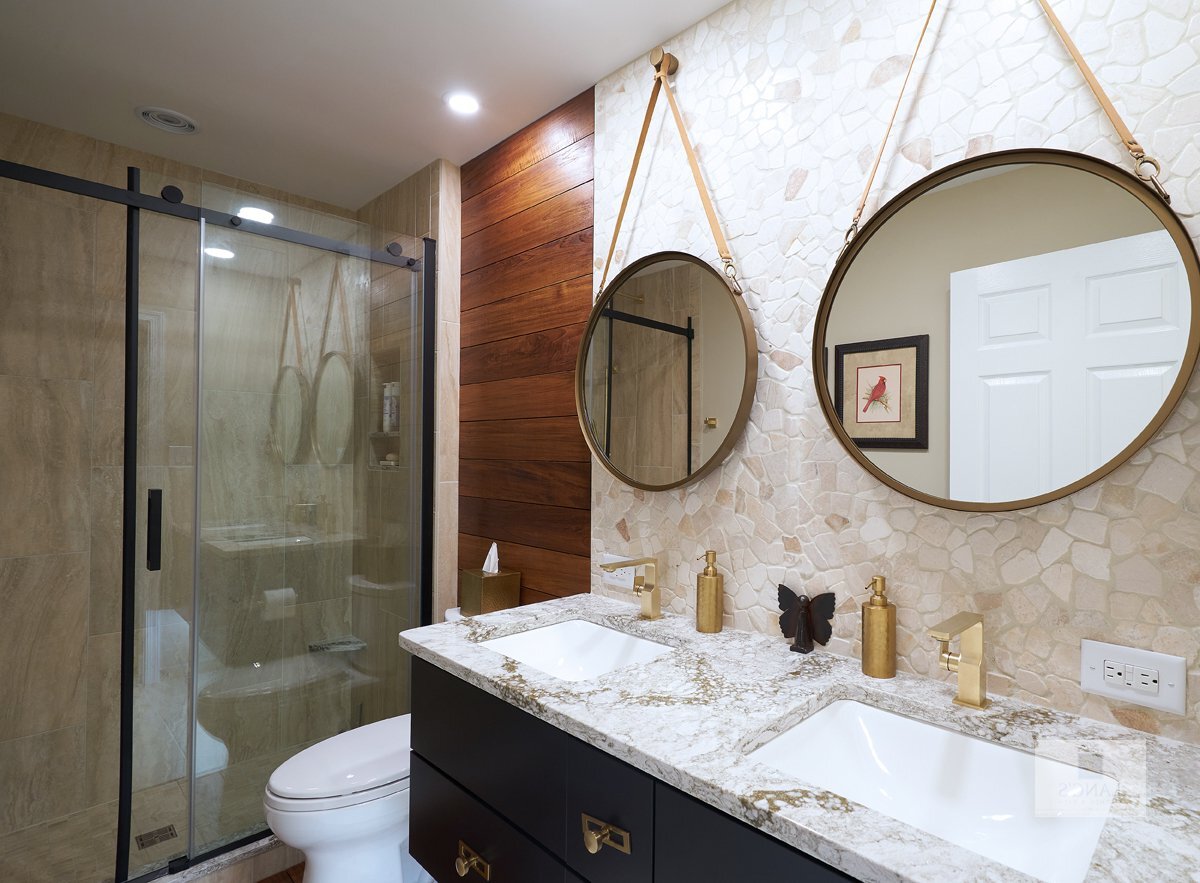
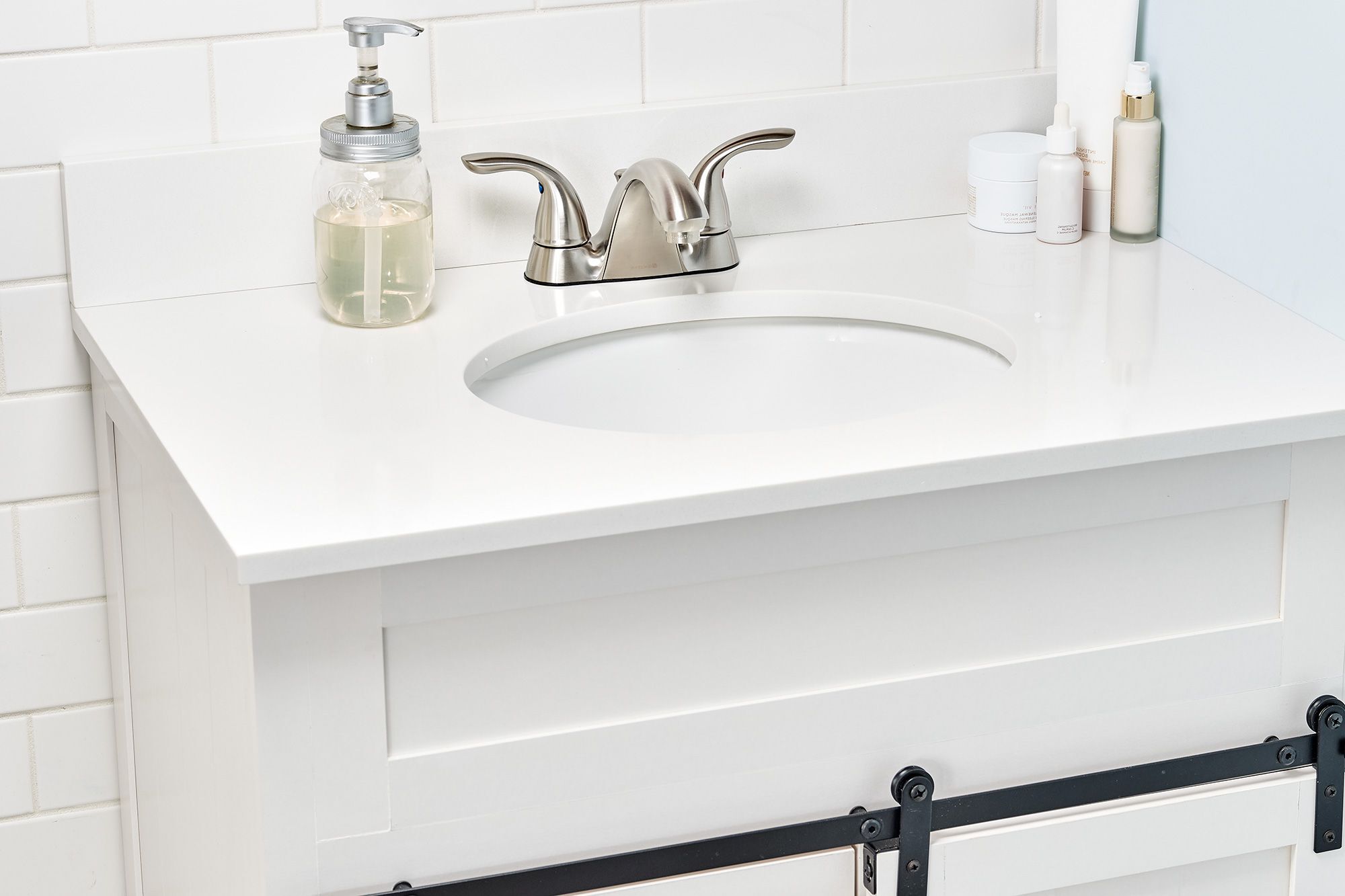
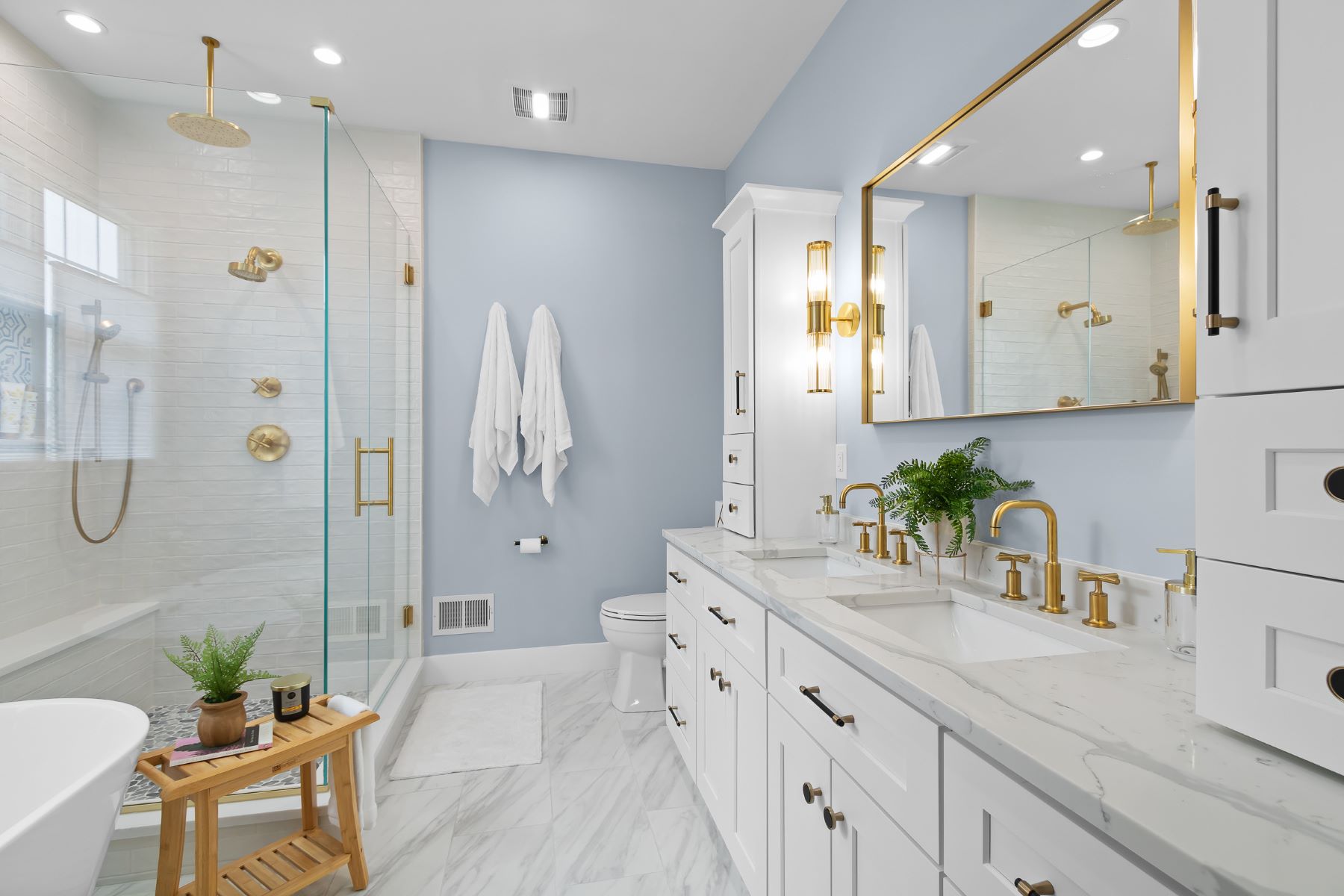
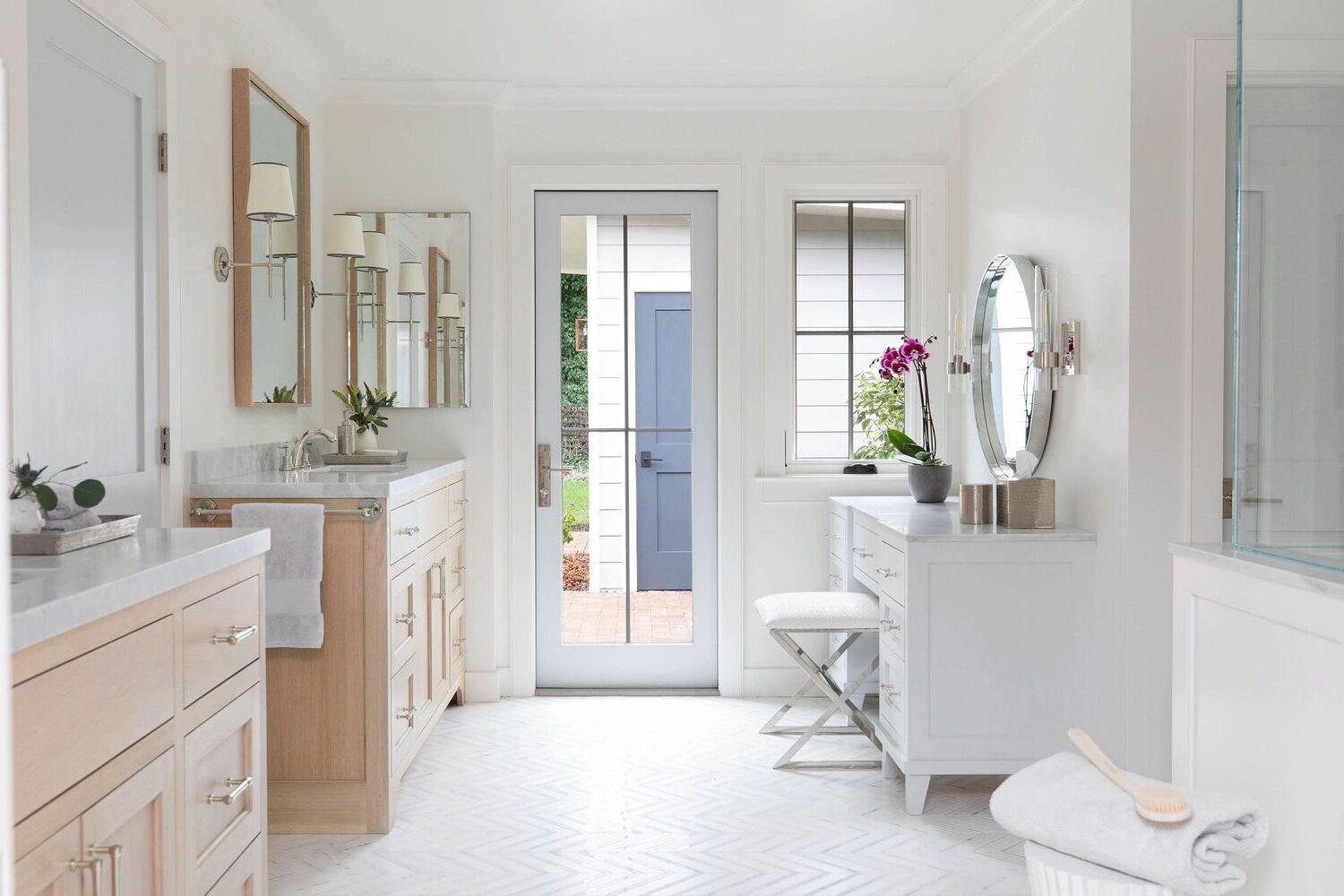
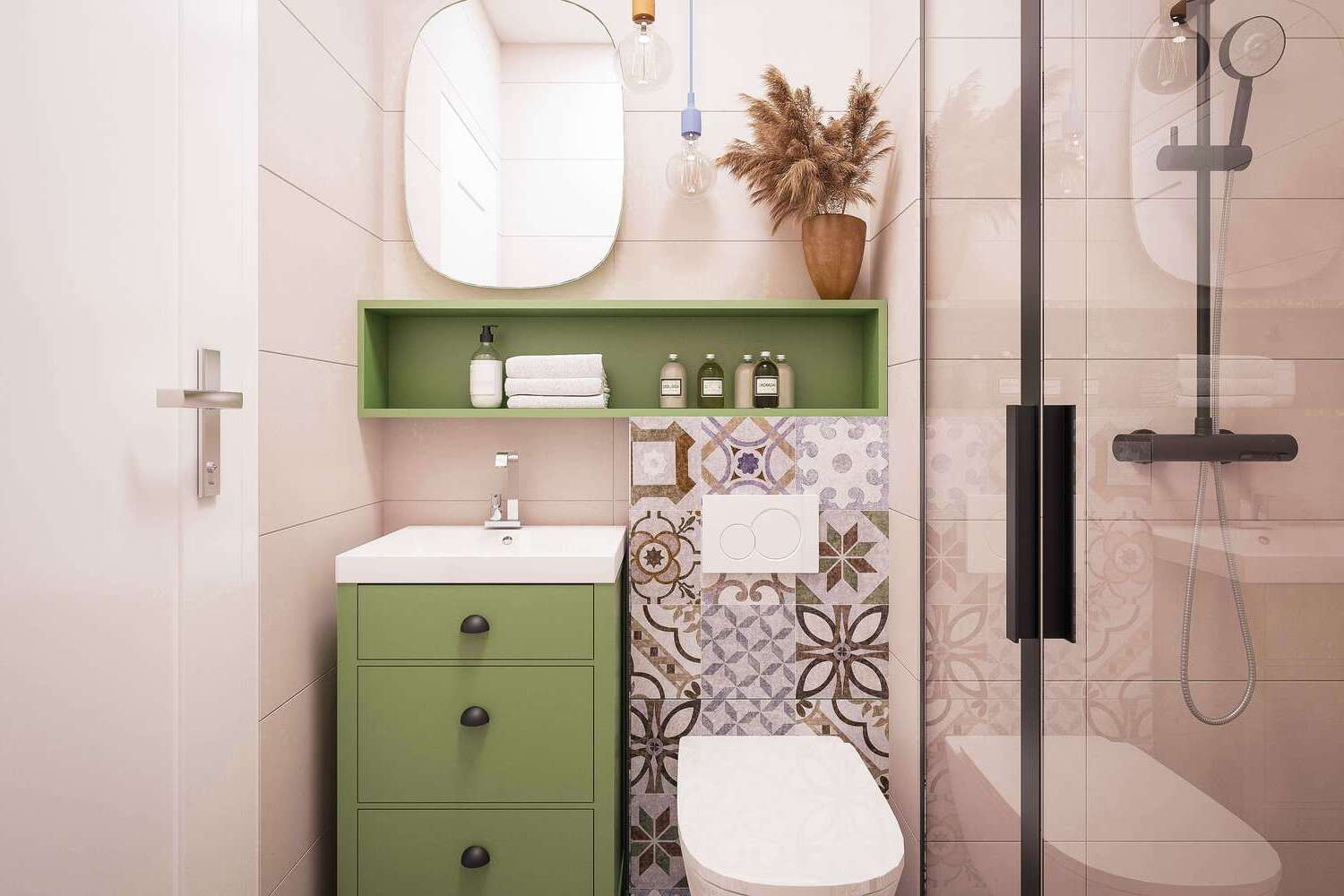
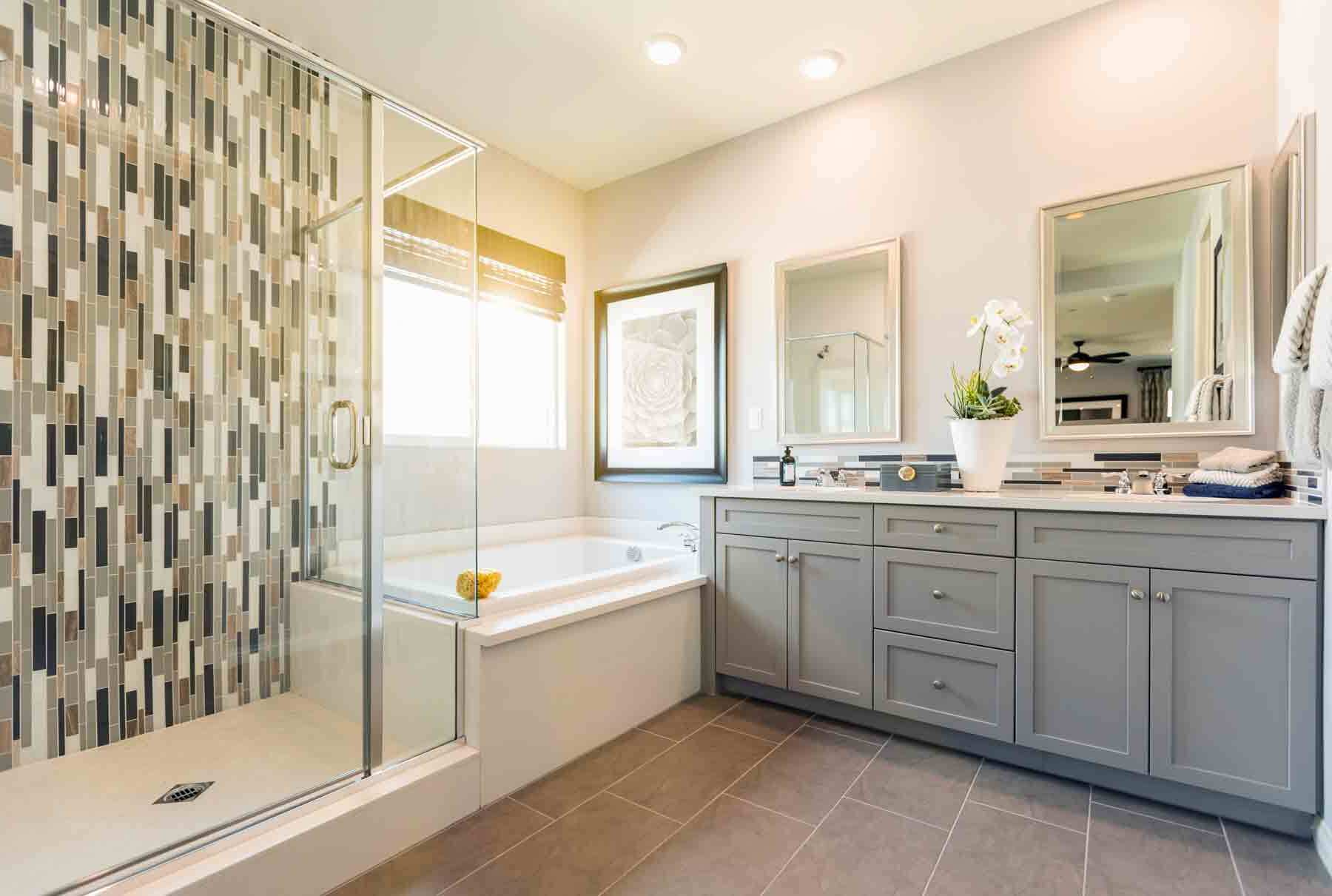
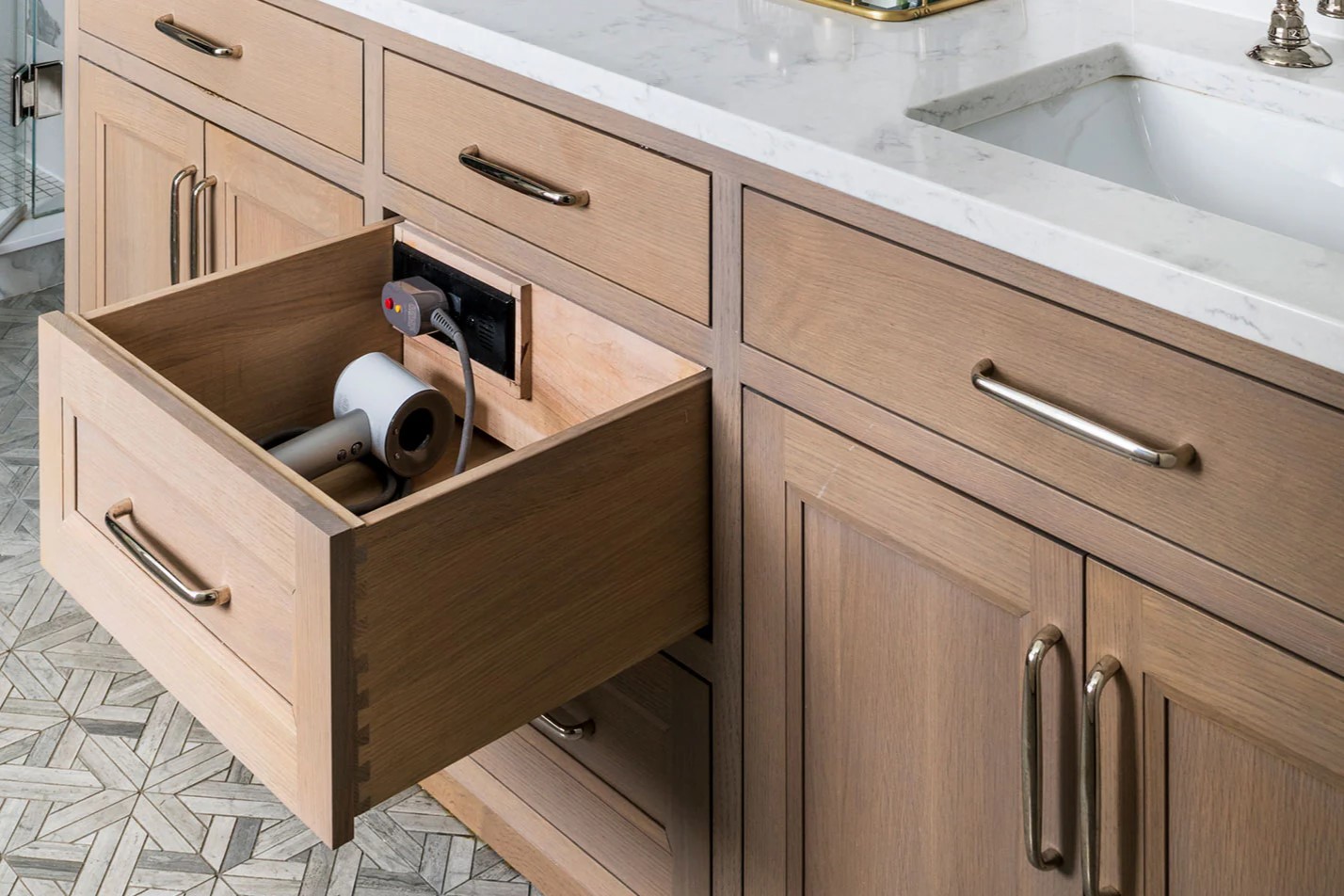

0 thoughts on “How Much To Install A Bathroom Vanity”